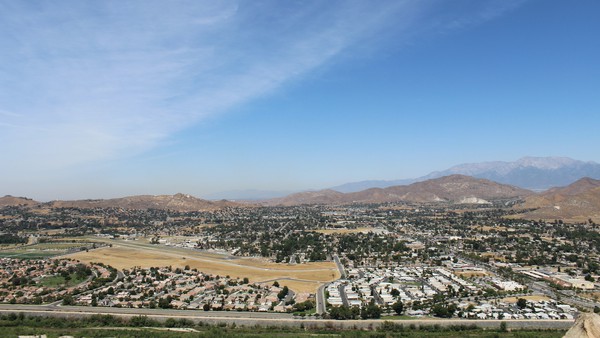This week the holiday season kicks off, with Thanksgiving inexorably followed by Black Friday, Cyber Monday and the madness of December. Shoppers are making their lists, checking them twice—and hopefully spending their dollars in local stores, giving a boost to the local coffers.
Many will be thiking about a different sort of gift: a donation to Santa Cruz Gives. Founded in 2015, this holiday fundraiser is presented by Good Times in partnership with the Volunteer Center of Santa Cruz County and aided by Community Foundation Santa Cruz County and local businesses. This year, Santa Cruz Gives is raising funds for 63 local nonprofits, and any donation of $5 or more is welcome. To learn about the participating groups, visit SantaCruzGives.org.






